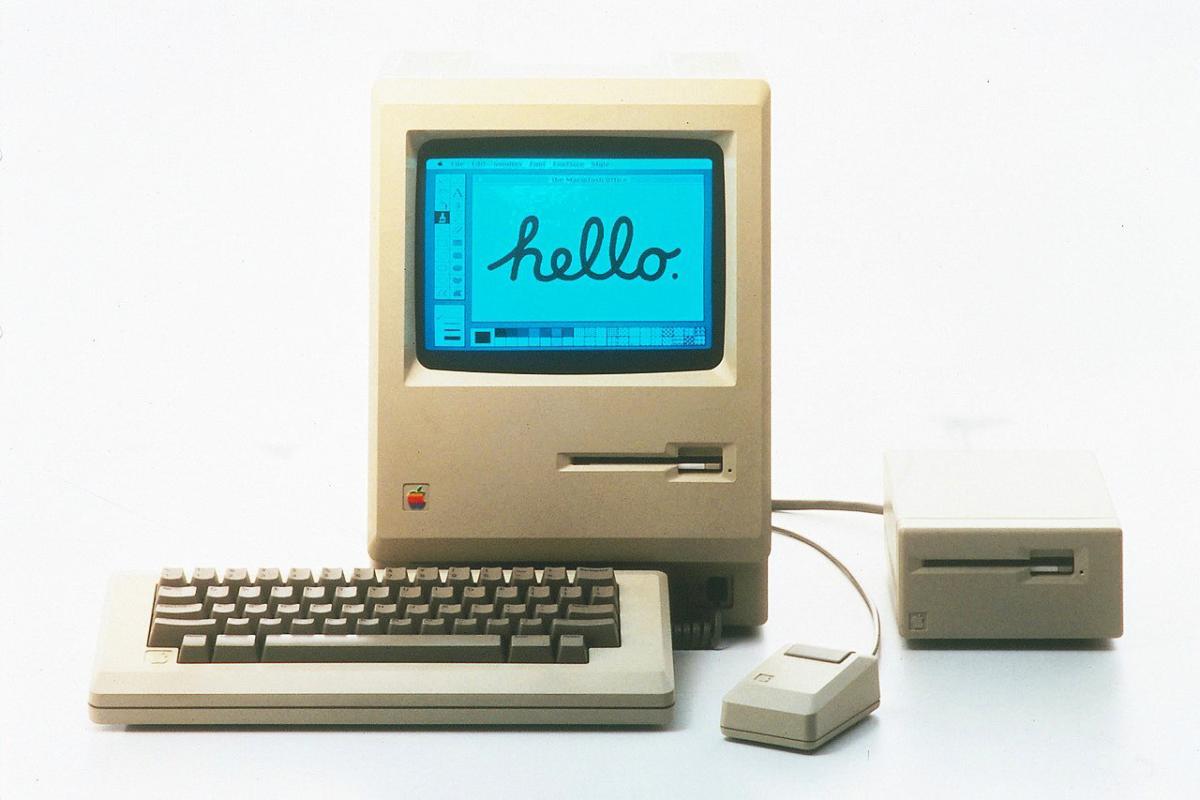
Apple is expected to introduce new Macs over the next year as it reaches the end of what is arguably its easiest and most successful tech transition yet, to Apple Silicon.
Apple will complete its line-0up soon
The next few months should see Apple introduce M-series chips across all the remaining computers in its range, including a much larger iMac, with an iMac Pro equivalent in June and the Mac Pro later this year.
It’s also important that the company is on the cusp of upgrading its existing M-series machine, with three new ones recently revealed in a regulatory filing.
We’re so far down the road with this transition that we can already see the next generation of Apple’s chips, the M2, which some of the most influential reporters in the business think may even appear in the company’s consumer Macs this spring.
In other words, we’re not just looking at the company offering its own silicon across its entire Mac range within just two years of the first product’s introduction, we also know it is already iterating. The M2, M2 Pro, M2 Max and possibly M1 Max Pro (and subsequent M2 version) are emerging into the light.
That means we can already begin to speculate on what will follow.
The existence of a road map like this is important. It signals the depth of Apple’s commitment to the Mac platform and shows a path of future evolution for these machines. That matters to every user, but matters far more to enterprise purchasers.
Power, performance and energy efficiency
The eventual (delayed?) move to 3nm-process technologies will make for even better performance-per-watt and even longer battery life in mobile Macs.
Intel, meanwhile, claims to have chips to compete with Apple’s current M1 iteration, but early reports suggest these demand vast quantities of energy to achieve peak performance. In theory, that means Intel-powered notebooks will be heavier, with larger fans, and denser batteries to run at peak. In contrast, Apple’s Macs will be slim, quiet, cost less to run (and maintain), and deliver better battery life.
This is fine in terms of engineering and product design, but how has the transition compared to previous moves?
It seems to have gone well. We recently heard from numerous Apple developers who are universally impressed by what these new Apple processors can do. “It’s a huge leap in performance compared to the Intel hardware I had previously been using,” said Bare Bones Software CEO Rich Siegel.
The easiest transition yet?
Developers really seem to have welcomed these new chips and appear universally happy with the tools Apple built to help them migrate. Applications seem to be coming across rapidly, and most of the most widely used ones are already M1-native. Yjay even includes Parallels Desktop, which runs Windows on M-series Macs faster than it runs on some PCs.
When users migrate to these machines, we’ve also seen really positive reactions to the speed and performance they get. But where this really comes into its own is when using M-native applications, which deliver significant benefits to people trying to get work done.
All of this generates what Apple CEO Tim Cook recently described as higher-than-ever scores across all Apple products, which surely includes the Mac. The Mac achieved 93% customer satisfaction this time last year.
I can recall when Apple’s Macs moved to Intel processors in 2005.
That was also a relatively painless transition. The company quickly moved most of its hardware to the new processors and most app developers followed suit. There were some delays. Notably, Adobe Creative Suite, Office and QuarkXPress took more than a year to go native at that time.
While the delivery status for some apps differs, in general developers seem to be racing faster this time arouond to introduce native apps for Apple Silicon. This possibly reflects that the technology environment has also completely changed on the strength of the then non-existent iPhone and the mobile evolution it launched.
[Also read: Review: The new 16-in. MacBook Pro is Apple to the core]
What Macs are coming next?
We expect new Macs in the next few weeks, probably including an improved 13-in. MacBook Pro and possibly also a souped-up M-series Mac mini and 27-in. iMac. Later down the road, we anticipate a Mac Pro with Apple Silicon, with the first Macs to carry the next-generation M2 processor set to arrive toward year’s end.
Next year?
Anticipate tweaks to the M2, specifically M2 Pro, to debut in professional Macs.
Enterprises should feel reassured they can now see a clear and visible future development strategy for Apple’s platforms. Macs can no longer be cast aside in contrast to Wintel. Apple’s platforms now bring significant benefits, not just processor-driven, but also lower TCO and the impact of lower energy demands on businesses running fleets of computers.
The bottom line is that Apple’s latest silicon transition is almost complete.
The company is seeing the benefit of that migration in growing consumer and enterprise Mac sales. And it must now figure out how to churn out the growing number of its proprietary processors quickly enough.
Please follow me on Twitter, or join me in the AppleHolic’s bar & grill and Apple Discussions groups on MeWe.
"complete" - Google News
February 15, 2022 at 10:55PM
https://ift.tt/Mn4YzxK
The Apple Silicon transition is almost complete - Computerworld
"complete" - Google News
https://ift.tt/iDcvyIU
https://ift.tt/2aljeRM

No comments:
Post a Comment